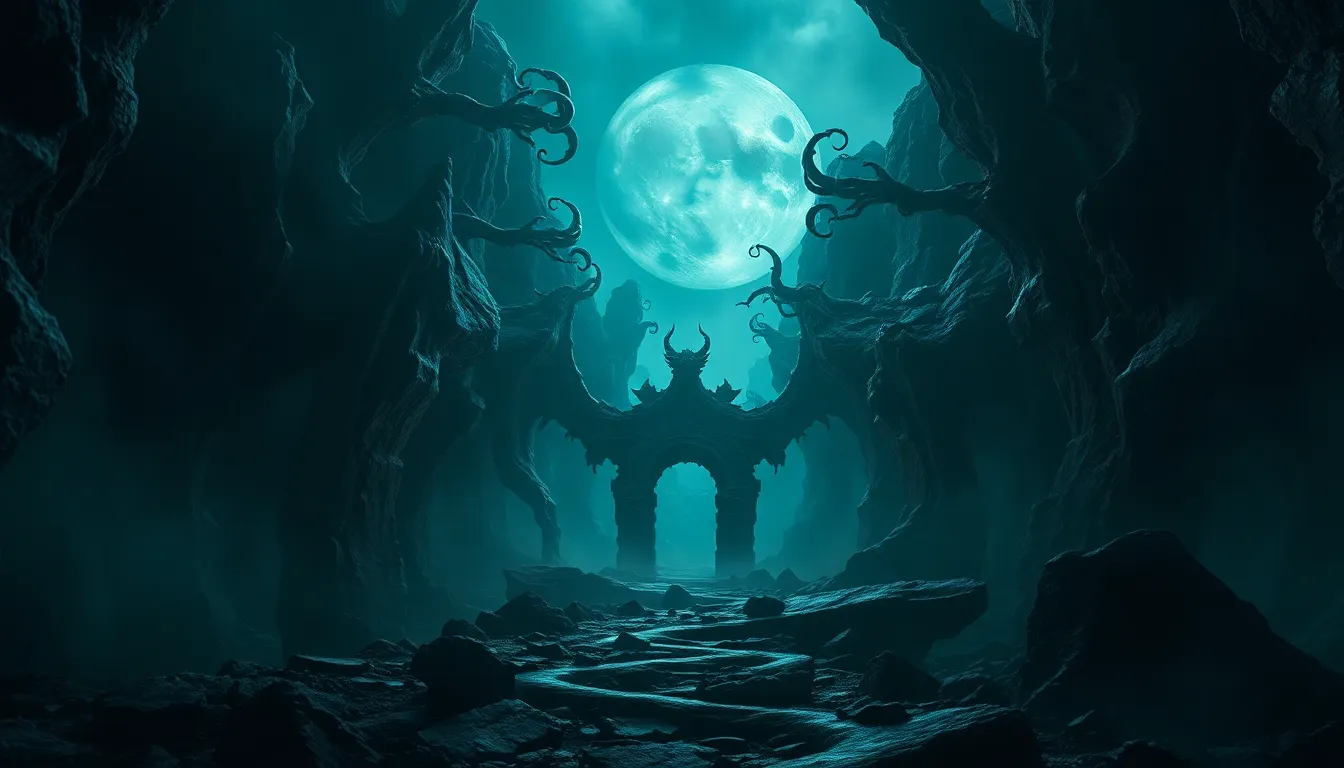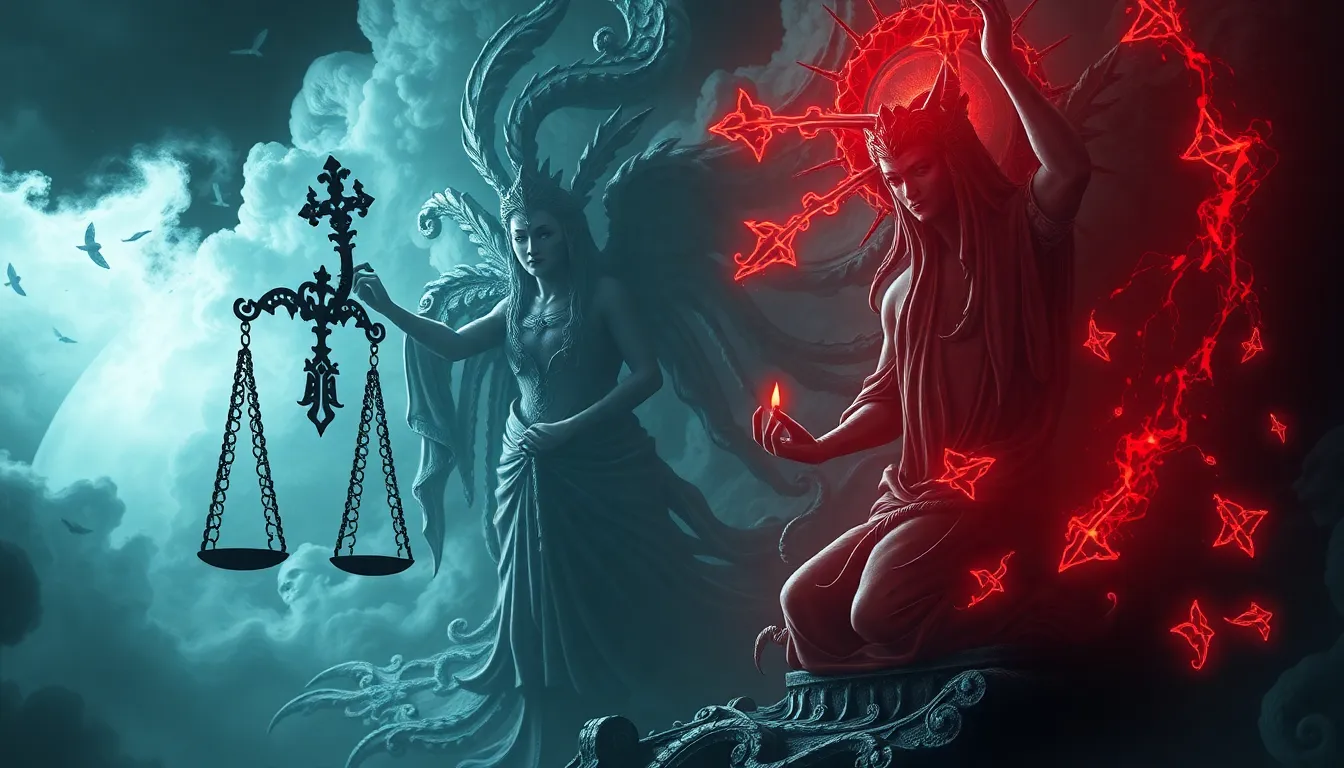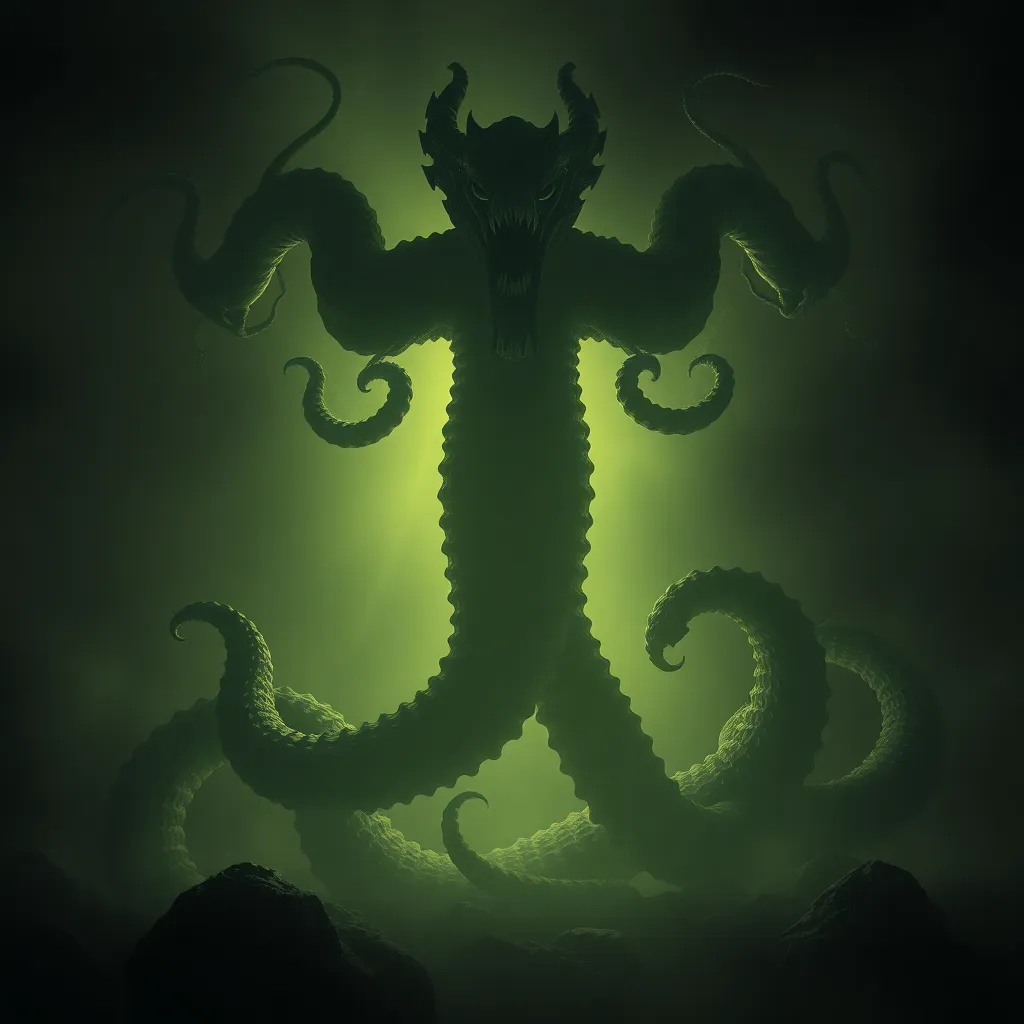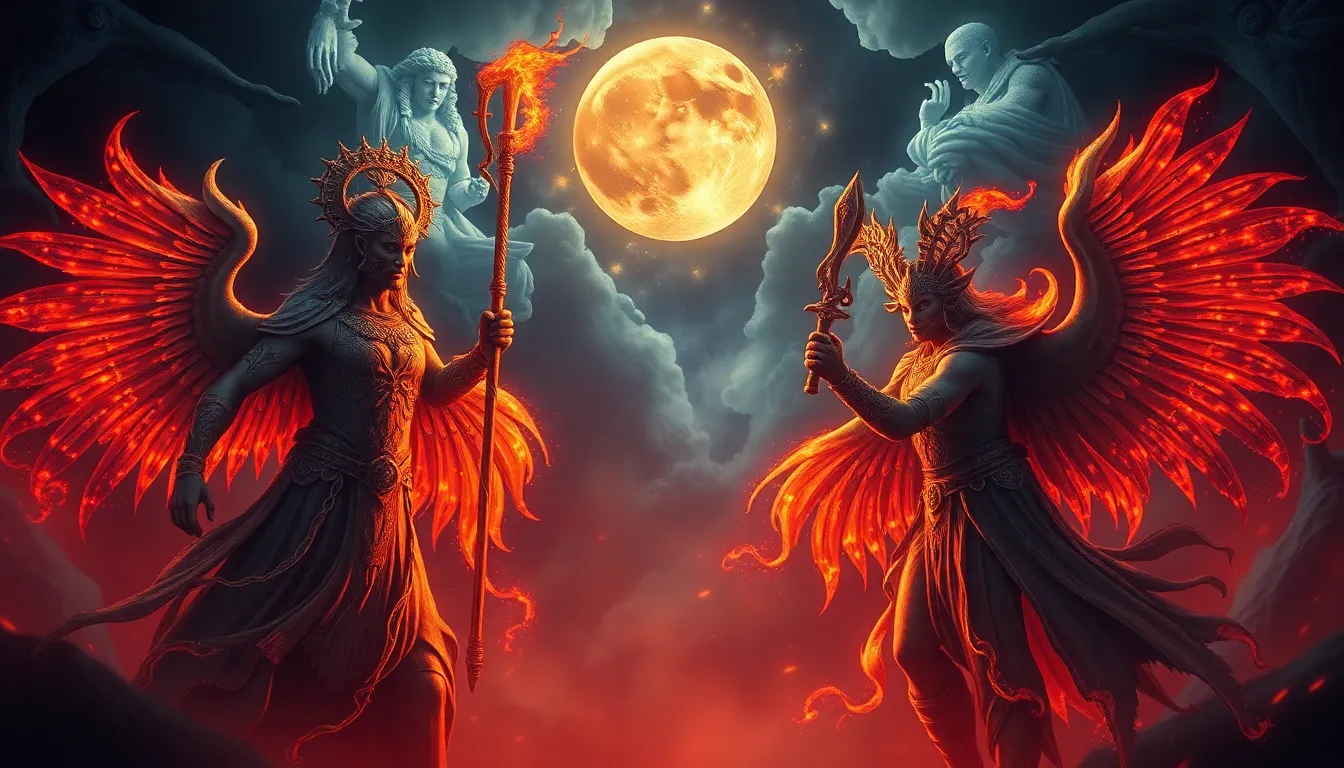Underworld Myths: The Dark Tales That Captivate the Imagination
Introduction to Underworld Myths
Underworld myths are fascinating narratives that delve into the realms of the dead, exploring themes of mortality, morality, and the afterlife. These myths span cultures and epochs, often reflecting the beliefs and fears of societies regarding death and what lies beyond. They serve not only as stories but also as frameworks through which cultures understand existence and the inevitable journey towards the end of life. In this article, we will explore the historical roots of underworld myths, their major figures, common themes, cultural variations, psychological significance, modern interpretations, and their enduring legacy.
Historical Roots of Underworld Myths
Underworld myths can be traced back to ancient civilizations, each with its unique interpretation of the afterlife. In Mesopotamia, the underworld known as Kur was a dreary place where souls dwelled in darkness. Meanwhile, the Egyptians believed in a detailed afterlife journey, culminating in the judgment of the heart against the feather of Ma’at.
Over time, these concepts evolved, influenced by cultural exchanges and philosophical developments. For instance, the Greek concept of the underworld, ruled by Hades, integrated elements from both earlier traditions and later beliefs, creating a rich tapestry of narratives surrounding death and the afterlife.
When comparing Eastern and Western perspectives, we see significant differences. Eastern traditions, such as those in Hinduism and Buddhism, often emphasize cyclical concepts of life and rebirth, while Western traditions frequently view the underworld as a final destination. This divergence illustrates the diverse human attempts to explain the mysteries surrounding death.
Major Figures of the Underworld
Key deities and figures in underworld mythology play crucial roles in their respective narratives. Here are a few prominent examples:
- Hades (Greek Mythology): The god of the underworld, Hades rules over the realm of the dead and is often depicted as a stern figure. His domain is characterized by the river Styx, which souls must cross to enter the afterlife.
- Osiris (Egyptian Mythology): Osiris is associated with resurrection and the afterlife. After being murdered and dismembered by his brother Set, he was resurrected by his wife, Isis, and became the god who judged the souls of the deceased.
- Yama (Hindu Mythology): Yama is the god of death and the ruler of Naraka, the underworld. He is often depicted riding a buffalo and is responsible for guiding souls to their afterlife destinations.
These figures are rich in symbolism; for example, Hades represents the inevitability of death, while Osiris embodies the hope of rebirth and transformation.
The Journey to the Underworld: Common Themes
Many underworld myths feature the hero’s journey motif, where characters embark on quests that lead them into the underworld. These narratives often include:
- Trials and Tribulations: Heroes face numerous challenges, testing their resolve and character.
- Death and Rebirth: The underworld is a space for transformation, where characters often confront their past and emerge changed.
Such themes highlight the significance of death not merely as an end but as a critical phase in the cycle of life, underscoring the belief that understanding and accepting mortality leads to enlightenment.
Cultural Variations in Underworld Myths
Underworld myths vary significantly across cultures, each bringing unique elements to the narrative while often sharing universal themes. For instance:
- Greek Mythology</: The tale of Orpheus, who ventures into the underworld to retrieve his wife, Eurydice, showcases love's power and the consequences of defying the natural order.
- Egyptian Mythology</: The Book of the Dead describes the journey through the underworld, emphasizing moral judgment and the importance of proper burial rites.
- Norse Mythology</: Hel, the goddess of the underworld, presides over those who die of illness or old age, reflecting a more neutral view of death.
- Aztec Mythology</: Mictlantecuhtli, the god of the dead, oversees the underworld, emphasizing the importance of sacrifice and the cyclical nature of life.
These myths often reflect cultural values and moral lessons, providing insights into how different societies view life and death.
The Underworld as a Reflection of Human Fears
Underworld myths delve into the psychological aspects of human existence, particularly our fears surrounding death and the unknown. They address:
- The Fear of Death: Myths often personify death, framing it as a figure to confront rather than evade.
- The Unknown: Many narratives explore the uncertainty of what lies beyond, providing a means for societies to grapple with existential dread.
This exploration of fear has a profound impact on cultural narratives and societal norms, influencing rituals, art, and moral frameworks.
Modern Interpretations of Underworld Myths
In contemporary society, underworld myths continue to inspire literature, film, and video games. These modern interpretations often reframe ancient stories to resonate with current themes, such as:
- Literature: Works like Neil Gaiman’s “American Gods” or the graphic novels of “Sandman” integrate underworld themes into modern storytelling.
- Film: Movies such as “Hercules” and “The Lovely Bones” explore the underworld’s role in the narratives of life, death, and redemption.
- Video Games: Games like “Hades” and “God of War” incorporate mythological underworlds as central elements of gameplay and narrative.
These adaptations demonstrate the relevance of underworld myths in addressing contemporary issues of identity, mortality, and the human condition.
The Role of the Underworld in Rituals and Beliefs
Underworld myths have played a significant role in rituals and beliefs, both ancient and modern. These practices often reflect the cultural significance placed on the afterlife and the treatment of the deceased. Key aspects include:
- Funerary Practices: Many cultures, such as the Egyptians, performed elaborate burial rites to ensure safe passage into the afterlife.
- Rituals for the Dead: Festivals and ceremonies, like Día de los Muertos in Mexico, celebrate and honor the deceased, bridging the gap between the living and the dead.
These rituals underscore the enduring connection between the living and the underworld, shaping beliefs about death and the afterlife.
Symbolism and Imagery in Underworld Myths
Symbolism plays a critical role in underworld myths, with common symbols that evoke the essence of these narratives. Key symbols include:
- Rivers: Often represent the boundary between the living and the dead, such as the Styx in Greek mythology.
- Gates: Symbolize the threshold between worlds, indicating the transition to the afterlife.
- Shadows: Often represent lost souls or the lingering presence of death.
Artistic representations throughout history, from ancient pottery to modern films, utilize these symbols to convey the profound themes of underworld myths.
Conclusion: The Enduring Legacy of Underworld Myths
Underworld myths continue to captivate the imagination, providing insights into the human experience and our relationship with death. From ancient civilizations to modern interpretations, these narratives reflect our deepest fears, cultural values, and the quest for understanding in the face of mortality. As we navigate an increasingly complex world, the stories of the underworld remind us of the universality of our struggles with life, death, and the mysteries that lie beyond.




